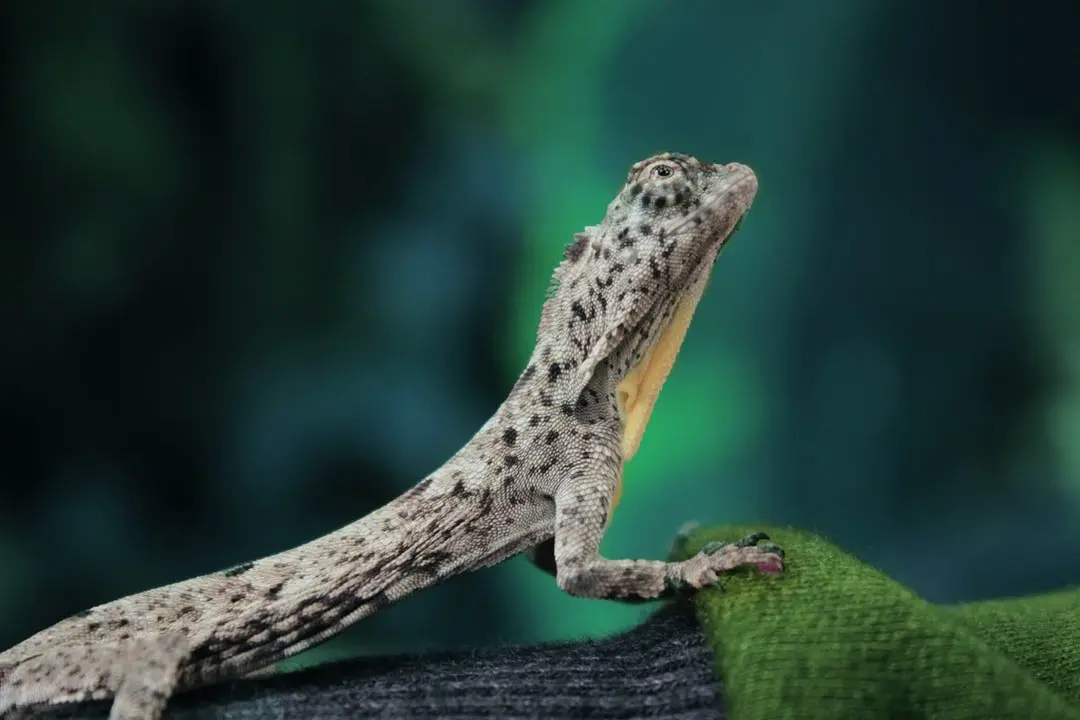Hedgehog Care: Tips From A Tumwater, WA Vet
Each month has its own distinct associations, and February is no exception. Most people are familiar with Valentine’s Day and the beloved Groundhog Day tradition. (Note: Punxsutawney Phil did not see his shadow, this year. That early spring is quite rare: this is only the 21st time in the 138 years of this custom it’s happened.) However, what isn’t as well known is the fact that groundhogs share the day with hedgehogs, or that the tradition actually started with them. In fact, the ancient Romans observed Hedgie to determine if he would notice his shadow under the moonlight. While Phil seems to have taken the hedgehog’s job, Hedgie hasn’t fared badly: he’s now a very popular pet! Read on as a local Tumwater, WA veterinarian will provide crucial tips for caring for these adorable creatures.
Hedgehogs 101
In the wild, hedgehogs live in woodlands, parks, and hedgerows. Only two varieties are commonly kept as pets: European hedgehogs and African pygmy hedgehogs. The African pygmy hedgehog is the most popular here in America. These charming and lovable quilled creatures have won a lot of hearts lately. Hedgie is even becoming a social media star! This isn’t surprising, as hedgehogs are not only super cute, but also easy to care for.
However, there are some factors to keep in mind before adopting one. Hedgehogs may not be compatible with families that have dogs with a strong prey drive. And while they make good companions for older children, toddlers can unintentionally startle or even accidentally harm them. Choosing the right fit is crucial. Before welcoming a hedgehog into your family, conduct thorough research and seek advice from your Tumwater, WA veterinarian.
What Is The Best Way To House A Hedgehog?
Hedgie’s cage should at least be 4 x 2, though bigger is better. Choose one with a solid bottom: mesh and wire floors won’t hold bedding, and they can even hurt your little buddy’s tiny feet.
You can use paper bedding, kiln-dried shavings, or a soft blanket, such as a fleece blanket, for bedding. If you want to add a litter box, use soft pellets or paper towels for litter. Avoid clay and clumping litters, as these pose a risk of intestinal blockage. Pine and cedar products can cause respiratory problems, so stay away from these as well.
Hedgehogs need proper activity to stay healthy, just as people do. You’ll want to get your hedgehog an exercise wheel. Pick a solid one, since wire wheels aren’t safe for him to run on.
In addition, you will need to provide a place for your hedgehog to hide or rest. There are many cute options, such as pouches and igloos. Or you can seek out habitats intended for reptiles: many of these will also work for hedgehogs.
Entertainment is also important. Your hedgehog will also need toys! Look for brightly colored toys, so he can see them. Many of the ones made for cats and small dogs will do nicely.
For specific cage setup tips, contact your veterinarian.
Hedgehog Cage Placement
We all know that old adage: location, location, location. Hedgie needs a room that stays between 70 and 80 degrees. Avoid direct sunlight and drafty areas. Loud noises may scare him, so do not place him near speakers or your teenager’s drum set.
Do you have a dog or a cat? Put the hedgehog habitat on something, so Fido and Fluffy can’t stare in at him. Just make sure he can’t fall out.
Another thing to note: hedgehogs are night owls, so your pet will be most active after dark. Put his house somewhere that he can sleep during the day but run and play at night without waking you up.
How Do I Make My Hedgehog Love Me?
Your new friend may take some time to warm up to you. This is normal for hedgehogs. Don’t force things! You’ll need to earn the little guy’s trust.
To help your prickly buddy form positive associations with you, put a worn t-shirt in his cage for him to snuggle up in. This will help him get used to your scent, and hopefully start associating it with feeling safe and comfortable. (Be careful not to change soap, lotion, detergent, or scents during this stage).
Avoid scaring your hedgehog. These guys are very timid and can easily get scared. They’re also wired to run rather than fight, which is why they curl up to protect themselves. When Hedgie gets scared, he may roll up into a ball. Do not force him to unroll. Just let him be until he feels comfortable unfurling himself.
Since hedgehogs do not have good eyesight, they rely more on their noses for seeing things, rather than their eyes. Shadows are very scary to them. Keep this in mind whenever you approach your pet. Also, do not pick up your quilled pet from behind or while he is sleeping. That can (understandably) be very frightening for him!
Can Hedgehogs Shoot Their Quills?
As you are likely aware, hedgehogs, much like porcupines, sport a coat of quills. These are made of keratin – the same substance present in human hair and nails. (Interesting tidbit: keratin is also the building block for snakes’ scales.) While Hedgie’s quills are undeniably cute, their primary purpose is protection. When faced with danger, a hedgehog will curl up into a protective ball. And although your pet can lose its quills naturally, it is unable to shoot them out as a defense mechanism.
Signs Of Sickness In Hedgehogs
Just like any other pet, hedgehogs are susceptible to several illnesses and diseases, including cancer, reproductive problems, and dental trouble. You’ll need to keep an eye out for warning signs. Some common ones are lack of appetite, weight loss, respiratory problems, dull eyes, lethargy, diarrhea, and lumps or bumps. You may also notice some uncharacteristic crankiness, such as constant hissing or grumbling. Call your vet immediately if you notice any of these things.
What To Feed Your Pet Hedgehog
Hedgehog’s digestive systems are adapted for eating insects, which is what wild ones live on. Hedgie will need a high-protein, low-fat diet.
Hedgehog kibble is a suitable choice for your little hedgehog’s main meals. You can also offer high-protein cat or dog food. Other protein-rich options include salmon, chicken, turkey, and eggs. Additionally, your pet can enjoy certain fruits and vegetables such as bananas, peas, apples, beans, corn, carrots, watermelon (sans skin and seeds), pears, papaya, cherries, blueberries, strawberries, blackberries, and raspberries. Remember to remove any skins or pits before feeding them to your pet.
A few times a week, you can give Hedgie gut-loaded insects, such as earthworms, waxworms, silkworms, or crickets. Purchase store-bought varieties, since wild insects can carry parasites or diseases.
The following foods are unsafe for your prickly pal:
- Raisins
- Grapes
- Seeds
- Milk
- Peanuts
- Avocado
- Nuts
- Hard/Raw Vegetables
- Raw Meats
- Bread
- Tomatoes
- Honey
- Junk Food
- Chocolate
- Alcohol
- Dried Fruit
- Vegetables
- Garlic
- Onion
Ask your veterinarian for specific feeding advice and do your research before giving your pet anything new.
In Conclusion: The hedgehog has become quite popular as a pet in recent years, and with good reason. Just do your research before buying one, and talk to your Tumwater, WA veterinarian if you have any questions.
As your local Tumwater, WA pet hospital, we are always here to help. Please reach out to us if you have any questions about caring for your pet hedgehog.




